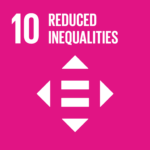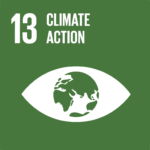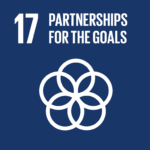At the Philanthropy Asia Summit hosted by Temasek Trust’s Philanthropy Asia Alliance, Menon spotlighted a striking imbalance: Asia produces half of global emissions and will absorb 90% of future energy demand—yet receives only a fraction of global climate philanthropy.
In a sharp call to action, Singapore’s Ambassador for Climate Action Ravi Menon declared that Asia will determine the world’s climate future—but remains dangerously underfunded in its efforts to cut emissions and build climate resilience. Speaking at the Philanthropy Asia Summit hosted by Temasek Trust’s Philanthropy Asia Alliance, Menon highlighted the paradox confronting the region: while Asia accounts for half of the world’s greenhouse gas emissions and is poised to absorb 90 percent of future energy demand, only a fraction of global climate philanthropy is directed its way.
“Without decarbonising Asia, the world will not reach net zero,” Menon warned at the Sands Expo and Convention Centre. “This is a time for philanthropy to play a larger role in driving climate action in Asia.”
RELEVANT SUSTAINABLE GOALS



Philanthropy’s Untapped Potential in the Climate Finance Puzzle
Globally, less than 2 percent of philanthropic funds are allocated to fighting climate change. Of that modest amount, a mere 12 percent flows to Asia, Menon noted. The imbalance is striking—particularly in a region that is not only home to booming economies and vulnerable populations, but also a climate tipping point.
While public funding for climate efforts exists, it is limited. On the other hand, private capital is abundant but hesitant—primarily due to concerns over high risk and uncertain returns. That’s where philanthropic finance comes in. Menon characterized it as “catalytic capital”—money that can tolerate risk, accept lower or no returns, and therefore unlock far greater private investment.
Blended Finance as a Force Multiplier
Rather than rely solely on traditional grant-making, Menon encouraged philanthropic organisations to explore “blended finance” models. These models combine philanthropic or public money with private investment, helping to de-risk projects and attract mainstream capital.
He cited Singapore’s Financing Asia’s Transition Partnership (Fast-P) as a blueprint. Launched in 2023, the initiative aims to mobilize up to US$5 billion for green projects, including retiring coal plants and upgrading regional power grids. Fast-P includes backing from the Monetary Authority of Singapore, multilateral development banks, and philanthropic partners.
Menon also highlighted a critical gap: climate data. “In many parts of Southeast Asia, insufficient data hinders efforts to decarbonize or prepare for impacts,” he said. Philanthropic capital can support not just the collection of data, but also build local capacity to analyse and act on it.
At the human level, Menon pointed to the need for just transitions. As industries shift away from fossil fuels, workers and communities will be affected. Philanthropies, he urged, should invest in reskilling programs and community empowerment to soften the social disruption of a greener economy.
Ravi Menon’s message was clear: if Asia is where the climate battle will be won or lost, then the world’s philanthropic sector must rise to the challenge. By accepting risk, offering patient capital, and amplifying private investment through blended finance, philanthropy has the tools—and now, the responsibility—to drive transformational change.
“Amid the growing risks to lives and livelihoods from the climate crisis,” Menon concluded, “we need philanthropy to help communities adapt and thrive.”
Lead image courtesy of PAA (Ravi Menon, Ambassador for Climate Action, at the Philanthropy Asia Summit and senior adviser at the National Climate Change Secretariat).
You may also be interested in :
Women’s Rights To Forests and Land Remain Weak Across The Global South, New Report Finds




